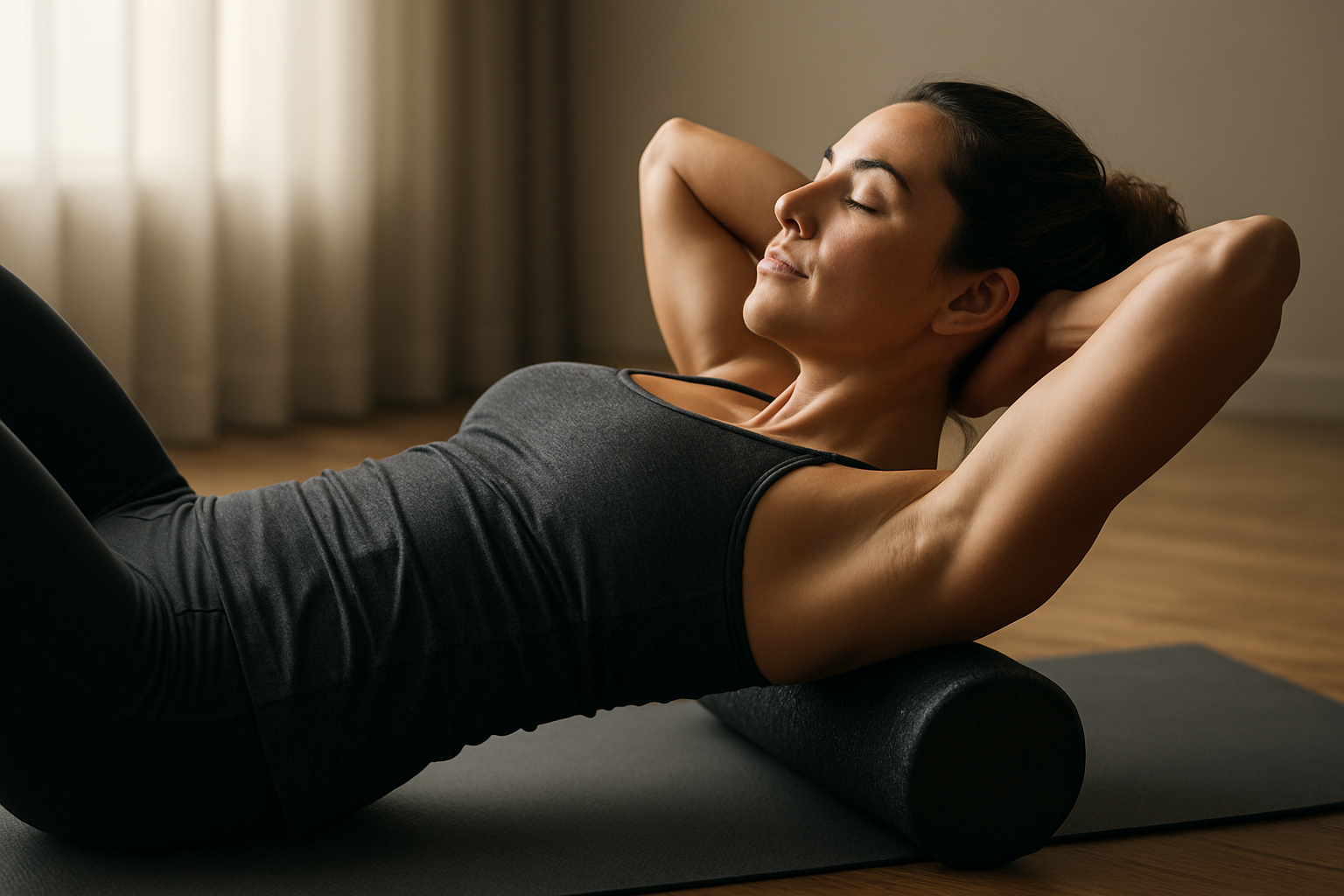Managing Sweat and Pore Care for an Active Schedule
Managing sweat and pore care while maintaining regular workouts and a full schedule requires consistent, practical habits. This overview highlights post-exercise timing, product choices, and lifestyle factors—hydration, nutrition, recovery, sleep, and sun protection—that support clearer pores and healthier skin.

Balancing a busy schedule with regular activity can increase sweat and oil production, which affects pore appearance and skin comfort. A practical approach blends consistent hygiene, targeted skincare choices, and lifestyle adjustments—hydration, nutrition, and appropriate recovery—that together reduce breakouts and maintain skin barrier health. A plan that considers timing around workouts, product selection, and simple habits makes it easier to preserve clear pores without disrupting exercise goals.
This article is for informational purposes only and should not be considered medical advice. Please consult a qualified healthcare professional for personalized guidance and treatment.
Skincare and sweat: how to care for pores
Sweat and sebum can mix on the skin and trap dirt, contributing to clogged pores. A gentle, pH-balanced cleanser used within 20–60 minutes after exercising removes sweat, oil, and residue without stripping the skin. Look for non-comedogenic products and avoid heavy creams immediately post-workout. Exfoliation—chemical (like mild AHAs/BHAs) or gentle physical exfoliation—done 1–3 times weekly can help prevent buildup, but over-exfoliation increases irritation. Incorporate lightweight, non-comedogenic moisturizers to support barrier function and reduce rebound oil production.
Exercise routines and post-workout cleansing
Timing of cleansing around exercise matters. Shower or wash the face soon after sweating to reduce pore blockage. For quick gym sessions where a full shower isn’t feasible, use fragrance-free cleansing wipes or micellar water on the face and change damp workout clothing promptly. For longer sessions, consider removing makeup before training and using breathable fabrics to limit prolonged moisture against the skin. Carrying a small cleansing option in a gym bag supports consistent post-exercise hygiene when schedules are tight.
Hydration and nutrition for skin support
Adequate hydration aids circulation and supports skin health, but drinking water alone won’t prevent acne. A balanced nutrition plan focused on whole foods, moderate glycemic load, and sufficient protein supports skin repair and collagen synthesis. Omega-3 fatty acids, antioxidants from fruits and vegetables, and vitamins like C and E can support resilience. Limit excessive high-sugar or highly processed foods that may influence oil production and inflammation. Hydration strategies before, during, and after workouts help regulate body temperature and reduce prolonged, heavy sweating.
Recovery, mobility, and circulation for skin
Active recovery, mobility work, and stretching improve circulation and lymphatic flow, which can support overall skin health by promoting nutrient delivery and waste removal. Gentle movement after intense exercise can help the body return to baseline and potentially reduce prolonged inflammatory responses that affect skin. Proper recovery practices—adequate rest, hydration, and nutrition—support skin barrier repair. Consider compression or breathable materials cautiously; they help some athletes but can trap moisture if not breathable, so prioritize fabrics that wick sweat away from the skin.
Sunscreen, breathing, and outdoor activity
Sun protection is important for skin integrity even when exercising. Use a lightweight, non-comedogenic sunscreen formulated for active use; reapply as needed when outdoors, especially after heavy sweating. Deep, steady breathing techniques during exercise can reduce stress-related cortisol spikes that may influence oil production and skin inflammation. When training outside, a breathable hat or shade and timely sunscreen application help protect pores from sun-induced damage while keeping sweat management in mind.
Sleep, posture, strength, and endurance impacts on skin
Sleep quality influences hormonal balance and skin repair processes; poor sleep can increase inflammation and slow barrier recovery. Prioritize consistent sleep windows to support skin regeneration. Posture and strength training affect circulation and lymphatic flow; regular strength and endurance work combined with mobility and stretching promotes systemic health that indirectly benefits the skin. Clean bedding and avoiding resting sweaty faces on pillows help reduce re-exposure to oils and microbes that can aggravate pores.
Conclusion Managing sweat and pore care around a busy activity schedule requires practical habits more than complex routines: timely cleansing, suitable non-comedogenic products, balanced hydration and nutrition, and consistent recovery practices. Integrating sunscreen for outdoor sessions, maintaining sleep quality, and choosing breathable clothing reduce factors that exacerbate pore congestion. Small, repeatable changes—post-workout washing, mindful product selection, and supportive lifestyle choices—can help maintain skin health while keeping exercise and wellness goals on track.





